It has been 30 days since the Kilauea Volcano on Hawaii’s Big Island has begun releasing its molten lava via the Lower East Fissure Zone (LEFZ). We’ve witnessed the Halemaumau cauldron continually be drained, and as the rocks and sides of the cauldron fall into the lowering lack, the ash clouds surge into the skies.
We’ve also seen lives tragically affected by the flow of lava from each of the 24 fissures within the LEFZ, as their homes are consumed by the flow of the lava. While the number of those affected numbers in the thousands, within a country of 300+ million, the personal tragedy is felt by all of us. GoFundMe pages have been set up by hundreds whose homes and lives have been upended.
The sight of the power of nature is on full display. A display we are able to share through the power of the internet and technology advances of 2018. Drones allow the scientists at the United States Geological Survey (USGS) to obtain perspective and scientific readings without putting their personnel at risk.
For 30 days we’ve allow Volcanic Smog (VOG) to permeate our vocabulary and the media tells us that the air quality is dangerous. The USGS confirms that the level of SO2 is indeed dangerous and when the lava enters the sea, the laze is poisonous and dangerous to breathe.
Perhaps the most important piece of information concerning the eruption of Kilauea is how little it is impacting the rest of the Big Island or the other Islands. Hawaii is open for tourism.
I recently made a travel inquiry of Mokulele Airlines (the inter-island airline) concerning my own travel to the Big Island, and took the opportunity to ask, “How is the volcano affecting flight operations?”
Their response was telling, “Not at all, all flights are flying as scheduled, on schedule.”
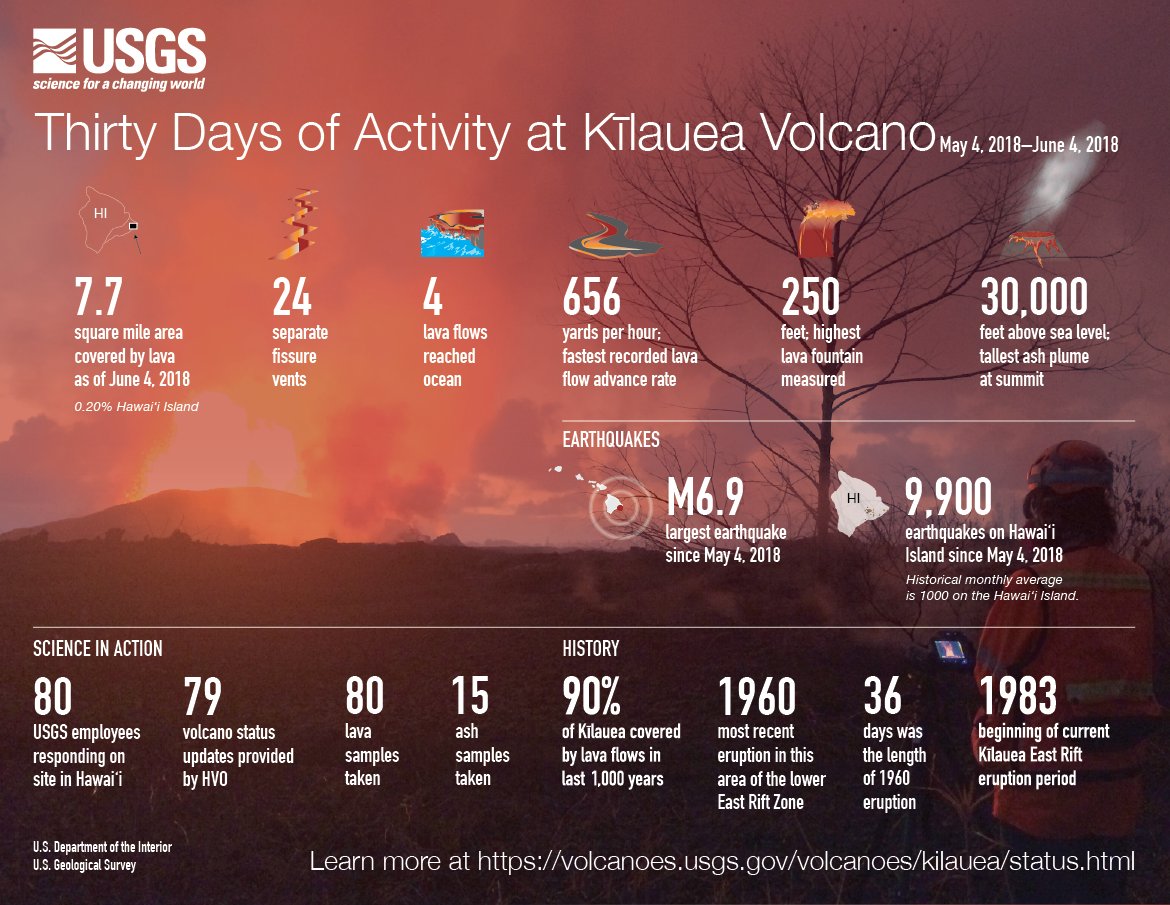
 Travel Securely Securely Travel
Travel Securely Securely Travel
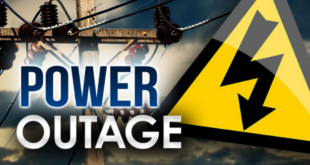
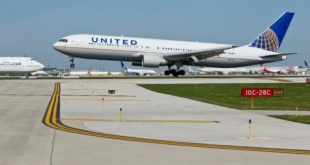
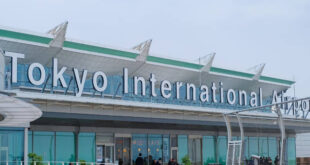

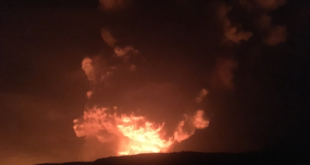
2 comments
Pingback: Securely Travel Brief - 07 June 2018 | Securely Travel
Pingback: Securely Travel Brief - 12 June 2018 | Securely Travel